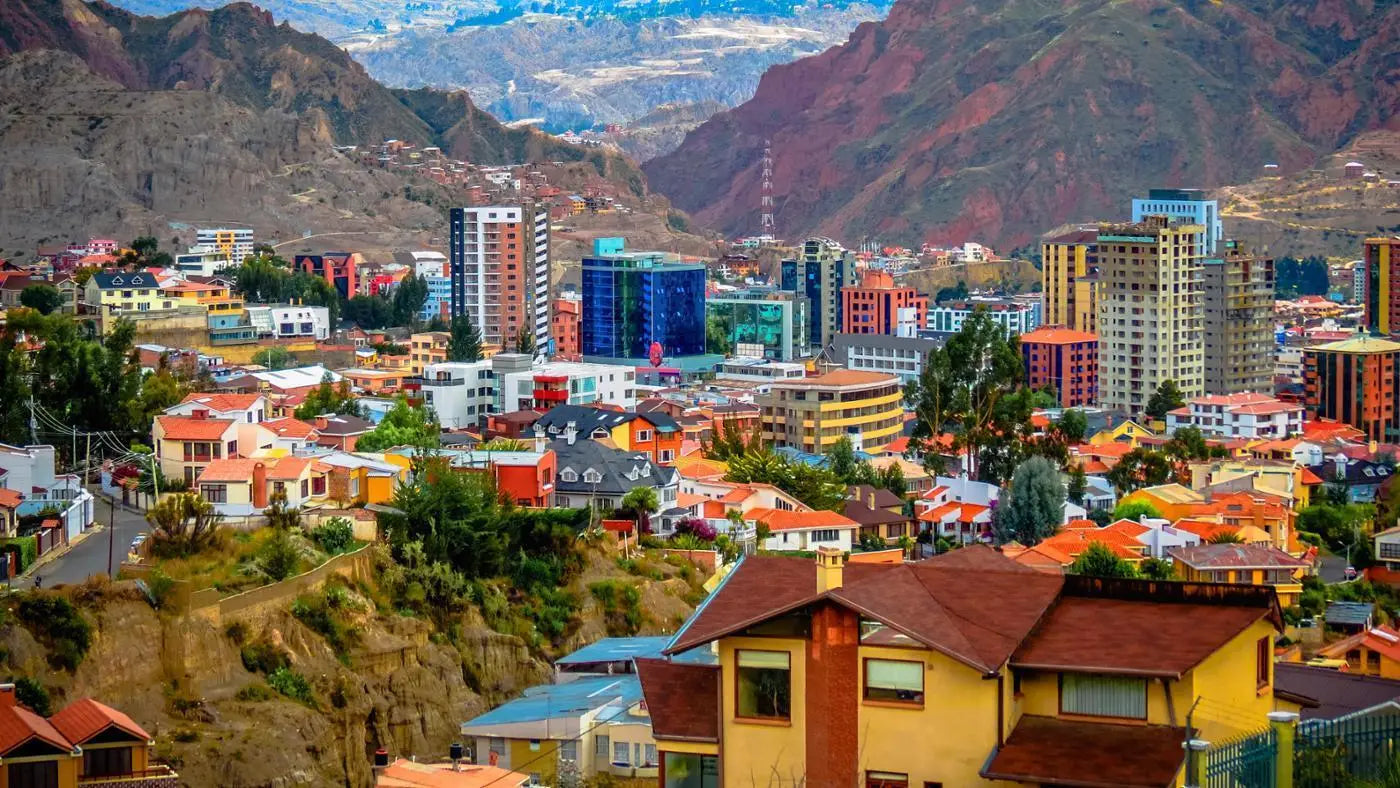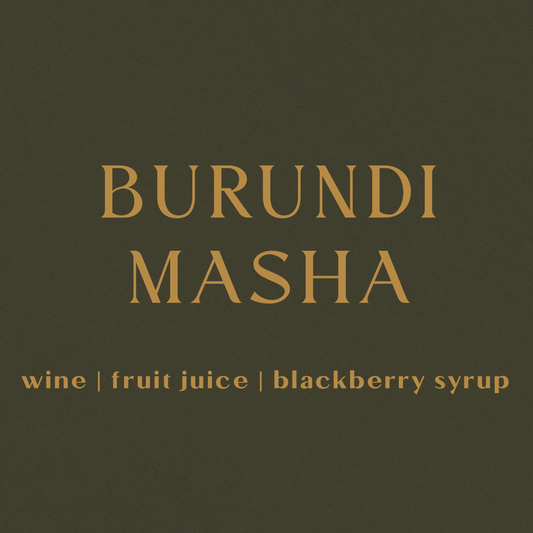
Burundi
Coffee Production in Burundi
1. Historical Background
Coffee was introduced to Burundi during the 1930s under Belgian colonial rule. Arabica coffee, particularly Bourbon variety, quickly became one of the most important cash crops in the country due to its compatibility with Burundi’s high-altitude environment and volcanic soil. For much of the 20th century, coffee production was highly centralized under government control, with all exports managed by the national coffee board. This system persisted for decades, but following structural reforms in the 1990s and early 2000s, Burundi’s coffee sector began opening to private sector involvement and cooperative-led production models. Despite the country’s political and economic instability, coffee has remained a cornerstone of both the rural economy and national exports.
2. 20th Century Growth and Regional Development
By the late 20th century, Burundi’s coffee was gaining attention for its potential in specialty markets, particularly due to the country’s abundance of Bourbon trees grown at elevations between 1,400 and 2,000 meters. The construction of centralized washing stations (often run by cooperatives or regional SOGESTALs—Sociétés de Gestion des Stations de Lavage) helped standardize quality and provide smallholders with access to international buyers. While overall production volumes fluctuated due to internal conflicts, reforms in the early 2000s led to a resurgence in farmer-led initiatives and improvements in processing infrastructure.
3. Present-Day Production and Export Trends
Today, Burundi’s coffee production is driven almost entirely by smallholders—an estimated 600,000 families, many of whom own fewer than 300 trees. The country primarily produces washed Arabica coffee, with most cherries processed at one of the many communal washing stations. A typical washing process includes a double fermentation (first dry, then wet), followed by soaking and raised-bed drying. These practices result in coffees known for their bright acidity, floral complexity, and stone fruit notes. While natural and honey-processed coffees are gaining interest, they remain a small share of total production. In recent years, Burundi has produced between 140,000 and 170,000 60-kg bags annually, with the vast majority exported to Europe, the United States, and Asia.
4. Market Dynamics and Trade Challenges
Coffee is Burundi’s single most important export, accounting for up to 80% of the country’s foreign exchange earnings. Despite its potential, the sector faces challenges: political instability, infrastructure limitations, and the notorious “potato defect” (a bacterial issue caused by the antestia bug) have impacted perceptions of reliability among buyers. Price volatility and limited access to financing further complicate matters for producers. Nonetheless, global interest in traceable microlots and transparent sourcing has opened up opportunities for Burundi’s cooperatives and private exporters to differentiate their coffees in the specialty market. Recent improvements in agronomy training, gender equity programs, and cooperative management have contributed to growing international recognition.
5. Outlook
Burundi’s future in the coffee world lies in its ability to maintain quality while building resilience within its production systems. Investments in agricultural extension services, pest management, and post-harvest infrastructure are key to sustaining cup quality. As international buyers continue to seek unique, high-elevation coffees with strong traceability, Burundi’s centralized washing station model and smallholder network position the country to grow its footprint in the specialty sector. Despite systemic challenges, the combination of terroir, variety, and cultural dedication to coffee gives Burundi a strong foundation for long-term growth and increased market presence.
Shop Coffees from Burundi
-
 Sold out
Sold outBurundi Masha
Regular price From $19.00 USDRegular priceUnit price / per

